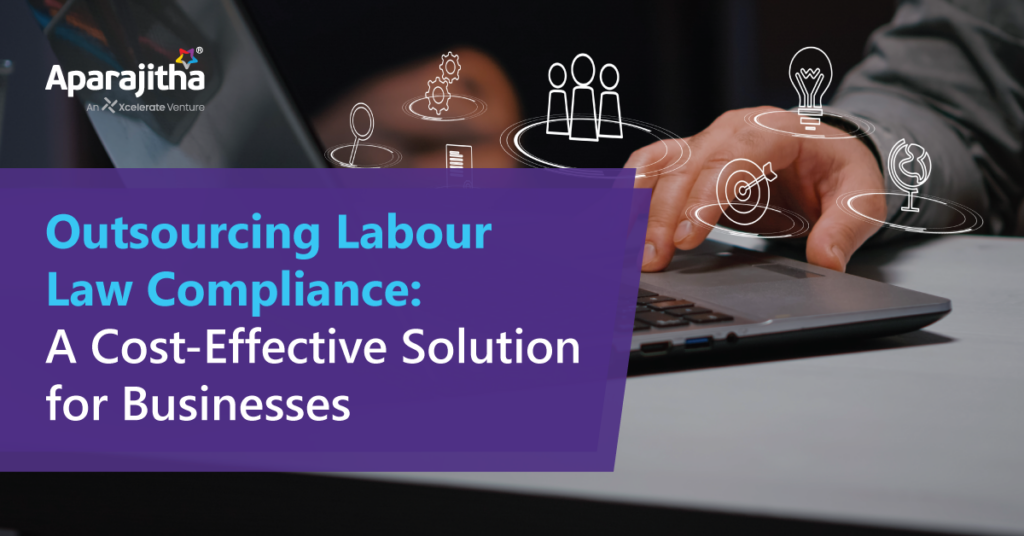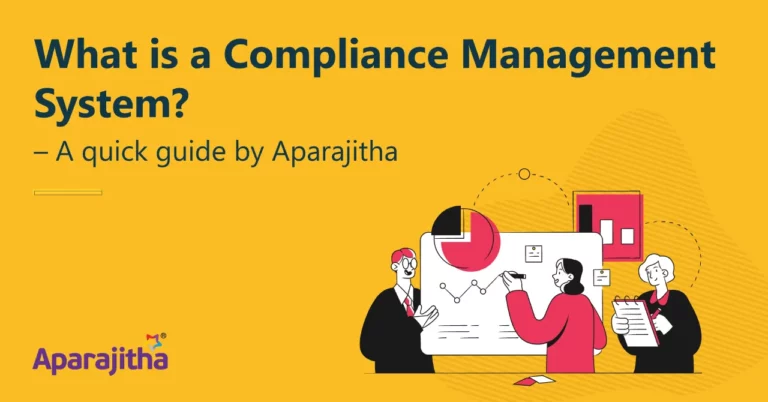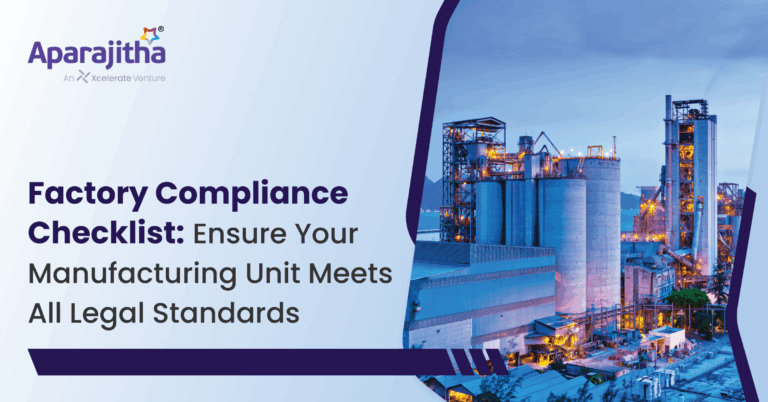The labour law sphere in India is constantly evolving, with regulations being added and amended, making compliance more of a crucial business requirement than a mere formality. As companies grow, having a dedicated team to oversee HR compliance becomes essential to safeguard the organization, its employees, and investors from financial and legal risks. However, managing this internally can be resource-intensive. This is where outsourcing labour law compliance services becomes a strategic advantage, ensuring adherence to regulations without the complexities of in-house management.
Understanding Labour Law Compliance
Labour law compliance involves adherence to statutory and regulatory requirements related to employment, wages, social security, working conditions, and occupational safety. In India, key labour laws include the Employees’ Provident Funds and Miscellaneous Provisions Act, the Employees’ State Insurance Act, the Payment of Wages Act, the Minimum Wages Act, and others.
Non-compliance with these regulations can lead to severe penalties, legal disputes, and reputational damage. With frequent changes in laws, staying compliant requires continuous monitoring and expertise.
The key benefits of compliance outsourcing are listed below:
- Expert-Driven HR Compliance for a Smarter Workplace
Workplace HR compliance involves more than just following labour laws. Outsourcing compliance tasks such as payroll, generating statutory documents like registers, returns etc, etc., challan generation, PF & ESI compliance, contractor management, and CLRA compliances ensures accuracy and up-to-date adherence to evolving labour laws. Partnering with experts minimizes compliance risks, streamlines documentation, and ensures seamless regulatory adherence. Companies gain strategic insights by working with legal experts, allowing internal teams to focus on core competencies and boosting productivity and profitability.
- Save Up to 12X: The Cost-Effective Advantage of Outsourcing Compliance
Building an in-house team dedicated to HR compliance requires significant investment in hiring, training, and continuous education to keep up with evolving labour laws. This can be particularly challenging for small and medium-sized businesses, where resource constraints make it difficult to maintain an internal compliance team.
For larger businesses operating across multiple locations, managing in-house compliance teams at each site adds complexity and escalates costs. Outsourcing compliance can help businesses save up to 12X by reducing the costs on hiring, training, legal fees, and administration while ensuring seamless regulatory adherence. Outsourcing labour law compliance services to specialized consultants offers a cost-effective alternative, eliminating the need for continuous training and reducing overhead expenses & penalties. Moreover, third-party compliance providers offer tailored solutions across industries, allowing businesses to streamline operations, optimize resource allocation, and focus on strategic growth and innovation.
- Coordinating with government departments
For new and growing businesses, navigating regulatory requirements, submitting documentation, and addressing compliance inquiries can be challenging. Ensuring effective interactions with government authorities requires expertise and a thorough understanding of compliance protocols.
Labour law compliance consultants connect businesses with professionals who have the expertise to effectively coordinate with regulatory bodies and ensure adherence to legal standards. These experts facilitate seamless communication, ensure accurate and timely submissions, and help businesses stay aligned with evolving legal requirements. By leveraging their knowledge of regulatory frameworks and best governance practices, companies can avoid bureaucratic hurdles, maintain compliance, and focus on their core operations with confidence.
- Enhancing Transparency and Centralization with Digital Compliance Tools
Digital compliance tools enable seamless monitoring, real-time tracking, and centralized control over regulatory obligations. Automated alerts, secure documentation, and streamlined workflows reduce errors and inefficiencies. By integrating a tech-driven compliance system, businesses enhance visibility, ensure timely adherence, and minimize risks, creating a more efficient and transparent compliance ecosystem.
- Reducing errors due to manual risks
Labour law compliance is complex and time-consuming, making in-house management prone to manual errors, inaccuracies, and inefficiencies. Many compliance service providers leverage technology, such as automated tools, to minimize risks, enhance accuracy, and improve overall efficiency.
- Strengthening Compliance Audits with Automation
Outsourcing compliance ensures businesses are always audit-ready by maintaining accurate records, automating compliance checklists, and streamlining documentation. Digital tools enable real-time monitoring, proactive risk identification, and seamless regulatory inspections, reducing the chances of non-compliance penalties.
How to choose the right compliance partner
A quick internet search will show that there is no shortage of compliance partners in the market. However, thorough research is essential to ensure that your investment is worthwhile and that compliance is effectively managed. Here are the key factors to consider when selecting a compliance partner:
1.Industry Expertise:
Your compliance partner should have extensive knowledge of labour laws, regulatory frameworks, and compliance management best practices. Their experience across industries ensures they can navigate complex regulatory landscapes effectively.
2.Reputation & Credibility: Choose a compliance partner with years of industry experience, a strong presence across multiple regions, and a proven track record. Look for established firms with diverse clientele and positive client testimonials.
3.Reliability of Service: Compliance is a continuous process that requires staying updated with evolving regulations and proactively managing risks. Choose a compliance partner known for adaptability and responsiveness. They should proactively manage risks, ensure seamless compliance, and keep operations running without disruption.
4.Skilled Workforce & Capacity: A strong compliance partner has a well-trained team equipped to handle audits, meet compliance deadlines, and handle regulatory documentation. Ensure they have the expertise and resources to provide seamless support, regardless of the scale of compliance requirements.
5.Tech backed compliance: In today’s digital landscape, compliance management should be seamless and automated. A tech-driven compliance partner offers real-time tracking, automated task updates, digital documentation, and timely due-date reminders. Leveraging technology minimizes manual errors, enhances efficiency, and ensures proactive regulatory adherence.
Streamline Compliance, Drive Business Growth
Outsourcing Labour Law Compliance in India is more than just a cost-saving measure—it’s a strategic move that ensures seamless adherence to labour laws while allowing businesses to focus on core growth initiatives. By partnering with a trusted compliance expert, you gain access to industry specialists, reduce compliance risks, and enhance operational efficiency.
Take the stress out of compliance—partner with experts who keep your business legally secure and future-ready. Get in touch today to explore tailored compliance solutions that align with your business needs.







